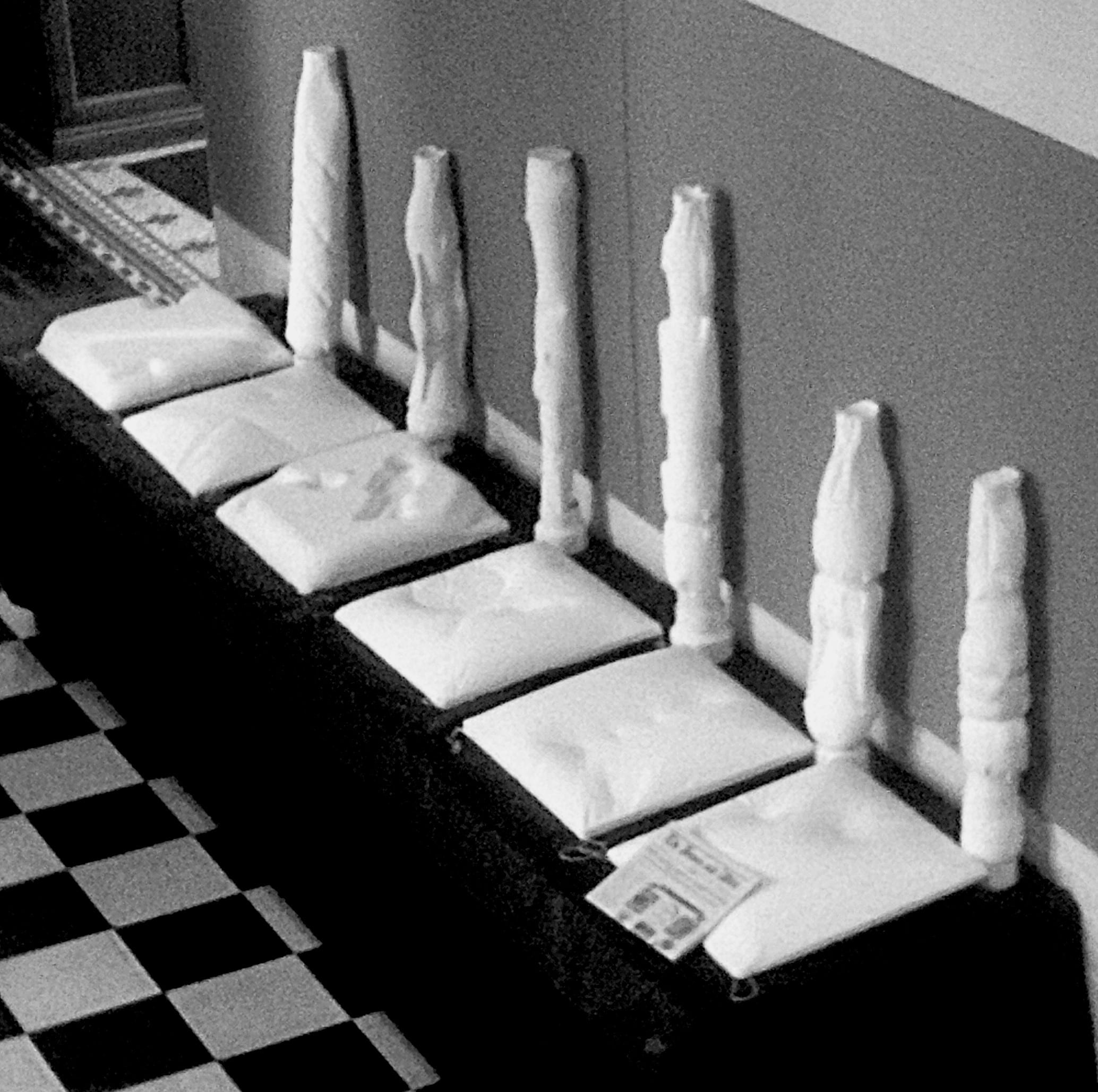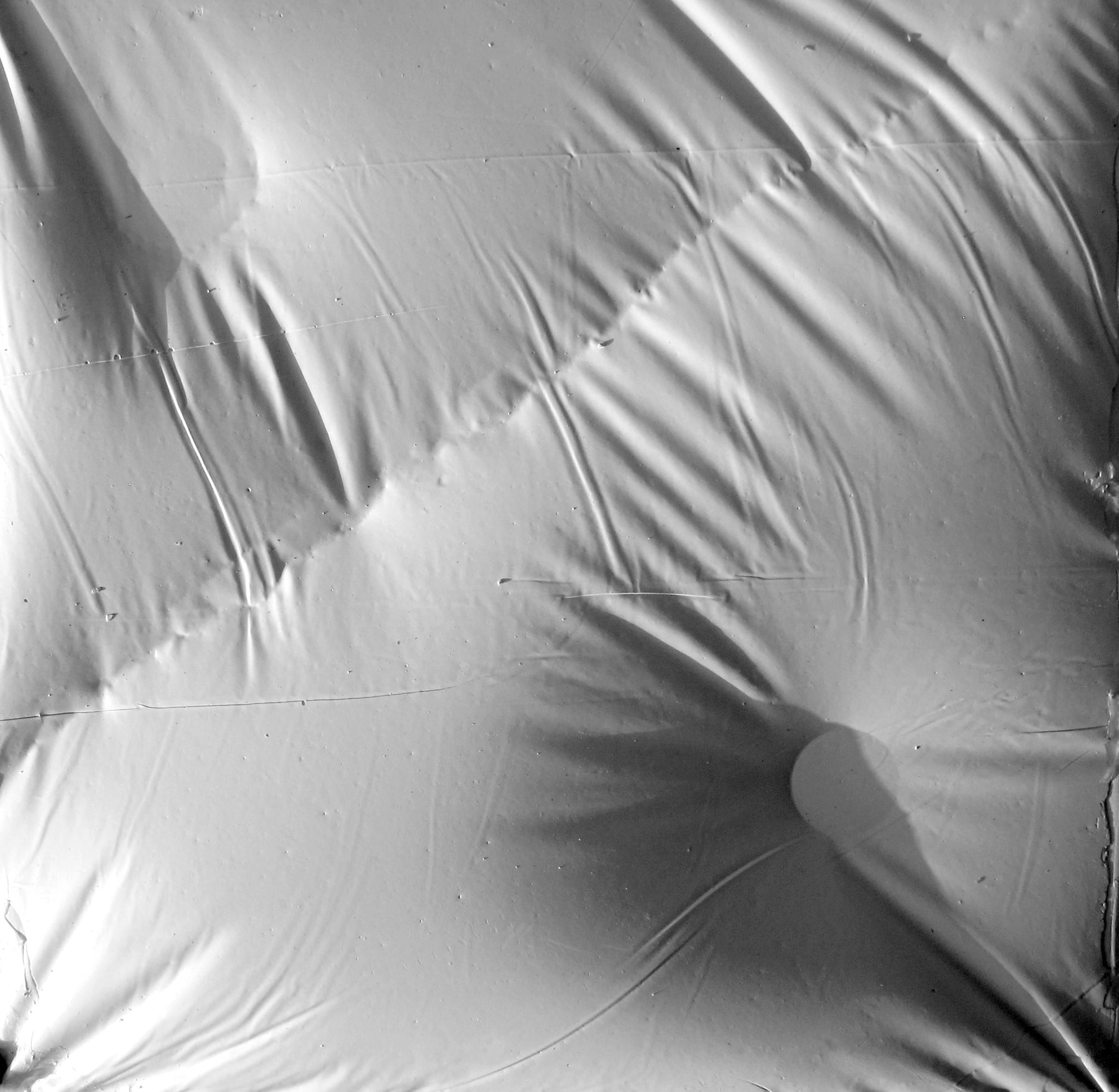Professor Seshadri’s new work on “posthuman economics” picks up where her recent study, HumAnimal (Minnesota, 2013) left off. Posthuman economics is a new coinage and field of study that aims to make an intervention in both posthuman studies and economics. Continue reading Kalpana Seshadri’s “Posthuman Economics” at the Humanities Center
Category Archives: Commentary
PostHUMANities: Susan Pearson on thinking with children and animals
“Children are good to think with” is how Susan Pearson began her January 29th talk on “Sentiment and Savagery: Collapsing the Boundary Between Animals and Children in U.S. History,” the first lecture this spring 2015 semester in the Humanities Center’s ongoing “Posthumanities” speaker series. Prof. Pearson adapted her opening from anthropologist Claude Levi-Strauss’s well-known dictum, “animals are good to think with.” As with non-human animals, children’s existence—the ontological status of children, the category of child—can be used to productively problematize the conceptual basis of human being, whose superiority (among other species) and autonomy (as a natural and stable entity) have been targeted by posthumanist scholars over the last two decades. Continue reading PostHUMANities: Susan Pearson on thinking with children and animals
Bungee jumping
Finding out what others are reading over coffee on a weekend morning can be a reminder of the thrill of being part of an academic community, especially one dedicated to the notion that ideas really matter, not just in theory but in practice. Intellectual thrill-seeking in service to humanity.
Last weekend, a colleague shared this essay by historians Anthony Grafton and James Grossman. In addition to useful critique of some “zombie platitudes about higher ed that stalk the Internet,” Grafton and Grossman make a compelling case for the central importance of student research in the formation of young minds. These are, I would add, the minds of the people to whom we intend to hand over the proverbial keys, so the stakes are high.
the architecture of PLAY, and the play of ARCHITECTURE
Playing with materials, the design decisions based on responses from material processes are integral to the art of craft. The embodied knowledge of making is gained through the physical interaction with materials, searching for an order rooted in history, perception and materiality.[1]
Creativity in architecture can be based on the transformation of matter. Different from the formal imagination, the material imagination can give rise to images provoked solely and directly from an immediate confrontation, interpretation, and manipulation of matter. These images may be assigned a category by the eye but only the hand truly reveals them. They depend on visceral readings that are projected through qualities such as mass, material surface, texture, or light, space, and time.
Continue reading the architecture of PLAY, and the play of ARCHITECTURE
Kellie Robertson on Nature’s Voices
What if we used the term “nature” instead of “environment”? What would it look like to have a department of nature studies? Why do we so frequently turn to silent depictions of nature, while medieval literature and natural philosophy found it thinkable to personify Nature as a talkative woman? What do we lose when we no longer let nature speak?
David Bates at the Humanities Center PostHUMANities series
The second lecture in the PostHUMANities series organized by Lehigh’s Humanities Center, was given by Prof. David Bates, chair of the Rhetoric Department at Berkeley University. His lecture, part of a project provisionally titled Human Insight: An Artificial History of Natural Intelligence, examined the history of artificial intelligence and cybernetics.
In a talk that spoke to historians of science and technology, media theorists, cognitive scientists, and anyone interested in the relationship between cognition and technology in a digital world, Prof. Bates argued that philosophical and scientific discourses of the mind and of technology both depend on analogies between cognitive processes and computational systems. Professor Bates highlighted the ways in which the brain has been seen to function like a machine and, inversely, machines have been understood to operate much like minds—from the early modern period to today. Continue reading David Bates at the Humanities Center PostHUMANities series
Wildly interdisciplinary
Now and then, we hear a great lecture, followed by the discussion it evokes, and tick off a list of people who would have thoroughly appreciated both. Cary Wolfe’s talk this afternoon in the Humanities Center’s series on postHUMANities provided a prime example. Nominally about Wallace Stevens’ use of birds in his poetry, Prof. Wolfe used his discussion of Stevens’ poetics to develop points about, inter alia, ecology (whether it’s at all possible to fully delineate organism from environment, or to argue that organisms truly share the very same environment) and theory of mind (whether a mind develops or exists in an organism’s “wetware,” fully separate from its interactions with the “outside”), with some brief touches on economics, politics and ethics. For me, being weak in humanistic materials in which he assumed the audience would be well versed, yet able to recognize facility with scientific reasoning and results, the session provided a wonderful example of the variety of starting points and paths by which a good scholar can arrive at useful understanding.
Next up, on October 23: David Bates from UC Berkeley, whose interests include modern European intellectual history, history of media and technology and of political thought, cognition, epistemology, and artificial intelligence.
This is going to be an interesting series…


